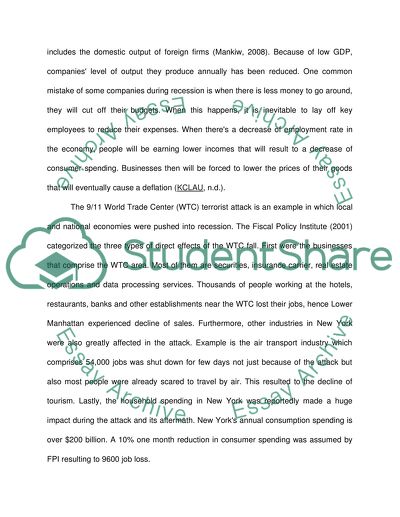Cite this document
(“Business contiunity Management is a luxury in times of recession Essay”, n.d.)
Retrieved from https://studentshare.org/environmental-studies/1410005-business-contiunity-management-is-a-luxury-in
Retrieved from https://studentshare.org/environmental-studies/1410005-business-contiunity-management-is-a-luxury-in
(Business Contiunity Management Is a Luxury in Times of Recession Essay)
https://studentshare.org/environmental-studies/1410005-business-contiunity-management-is-a-luxury-in.
https://studentshare.org/environmental-studies/1410005-business-contiunity-management-is-a-luxury-in.
“Business Contiunity Management Is a Luxury in Times of Recession Essay”, n.d. https://studentshare.org/environmental-studies/1410005-business-contiunity-management-is-a-luxury-in.


